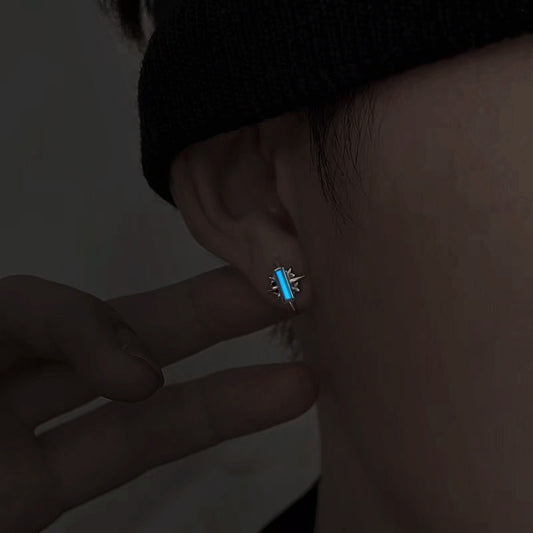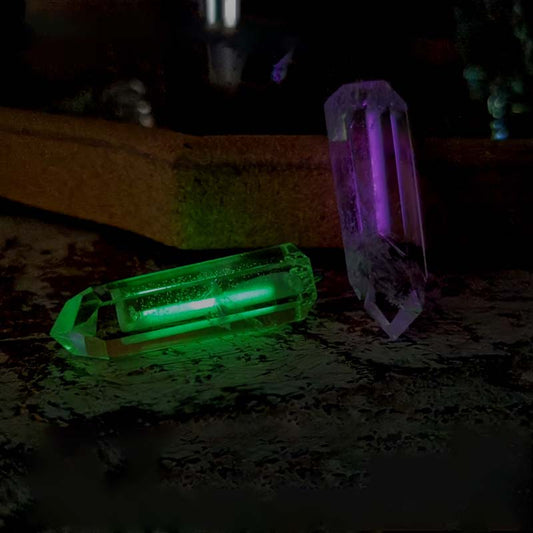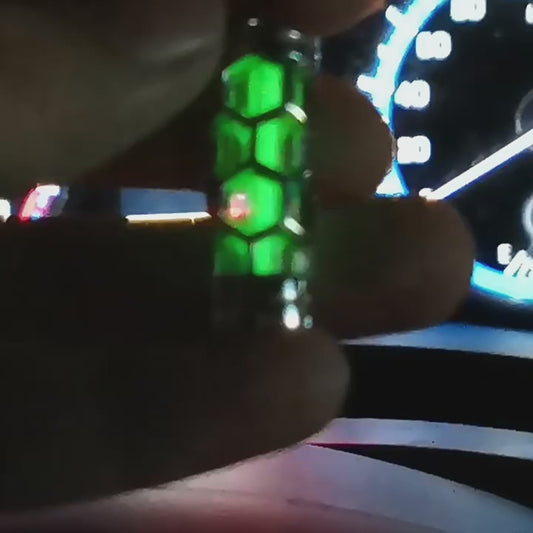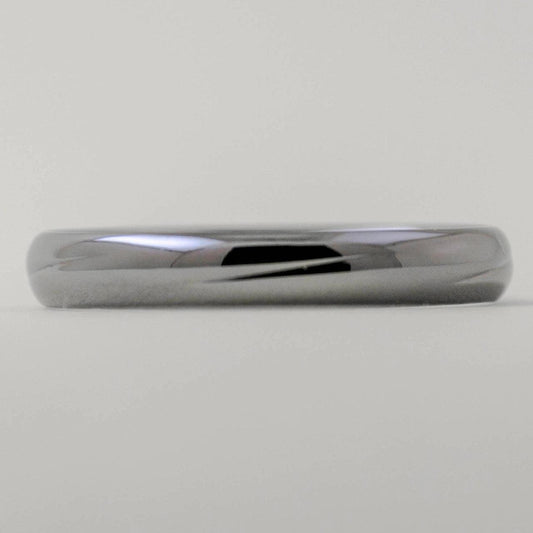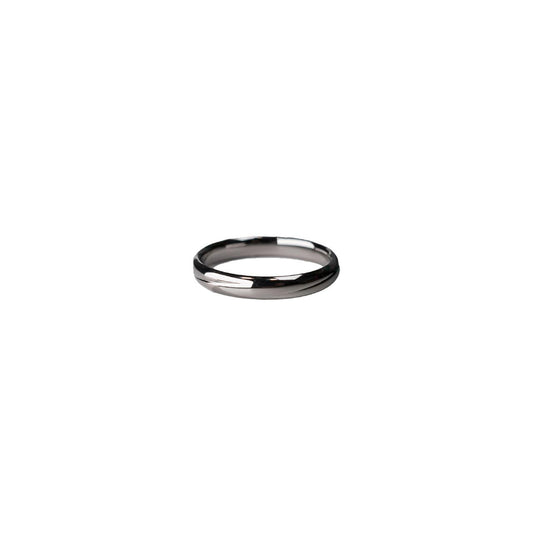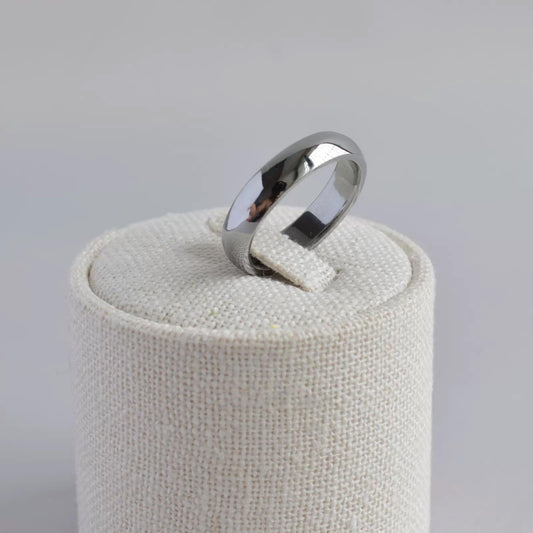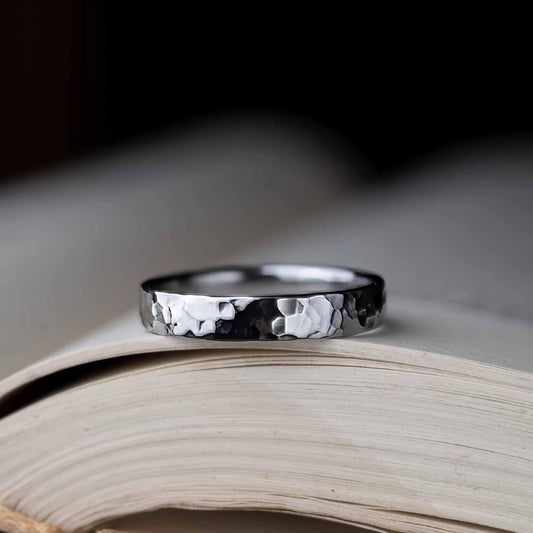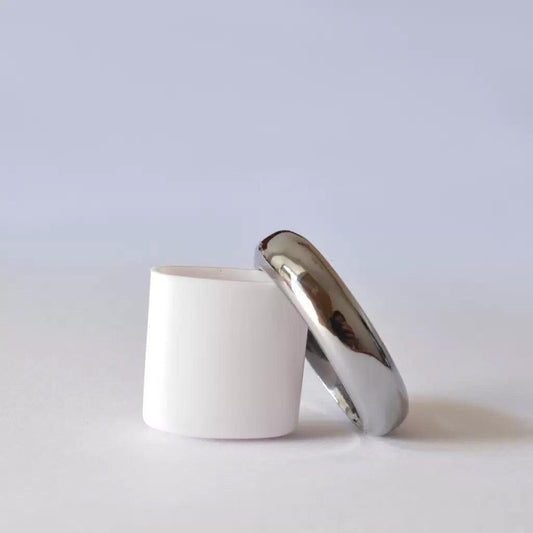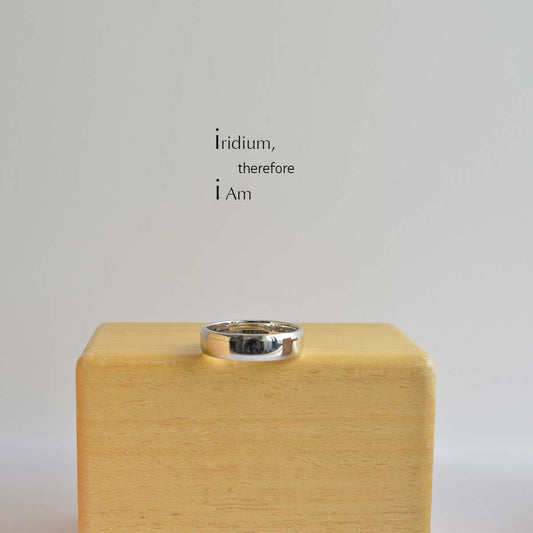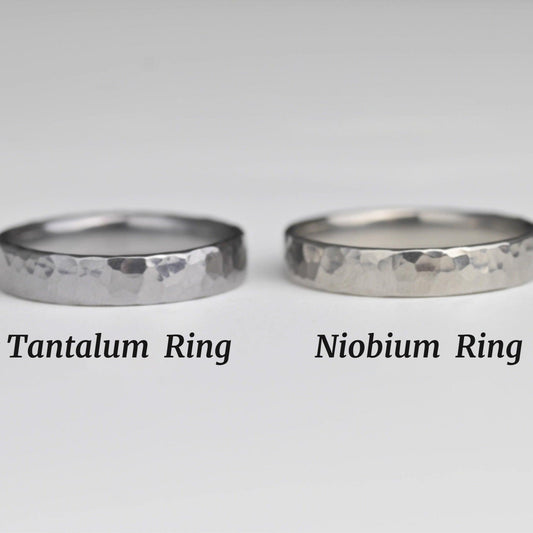How to Tell Natural vs Lab Diamond
How to Tell Natural vs Lab Diamond
The first diamond I ever held was nestled in my grandmother's ring—a piece of family heirloom she reluctantly passed down during my wedding. "This," she declared with a twinkle in her eye, "is a real diamond. Not one of those new-fangled lab ones." I remember thinking how beautifully it caught the light, and wondering how she could be so sure of its authenticity. Now, in the modern age of lab-grown diamonds, the distinction between natural and synthetic has become a topic of curiosity and debate.
Natural diamonds form over billions of years under high pressure and temperature deep within the Earth, a process that ultimately culminates in mining. This journey from the depths to the surface gives natural diamonds their characteristic inclusions—tiny imperfections that narrate the tale of their long voyage. On the flipside, lab-grown diamonds are manufactured in a fraction of that time in controlled environments. They mimic the natural formation process but are birthed from human ingenuity. While both types of diamonds share the same chemical and physical properties, it's those subtle differences in creation that matter.
When distinguishing between the two, a jeweler's loupe or even sophisticated technology might come into play. Lab-grown diamonds are often so flawless that they can be too perfect, lacking the subtle blemishes found in nature-made stones. Interestingly, many lab-created gems have unique growth patterns visible under magnification. These patterns can sometimes resemble parallel lines, a telltale sign of their engineered origin.
Culturally, diamonds have always been a symbol of love and commitment. They have starred in countless Hollywood films and found their way into the lyrics of love songs. Whether a diamond is natural or lab-grown, its role in personal storytelling remains intact. However, some argue that knowing your diamond's origin can add an extra layer of meaning. My friend Claire, who chose a lab-created diamond for her engagement ring, speaks passionately about the environmental benefits and ethical sourcing that her choice represents. For her, the diamond signifies not just love, but conscious living.
Another angle to consider is the economic aspect. Lab-grown diamonds often come with a more attractive price tag, making them an appealing choice for those watching their budgets. This accessibility opens doors for couples who might otherwise shy away from purchasing diamonds due to cost, allowing them to invest in a stone that serves both beauty and budgetary constraints.
In conversations about diamonds, one might stumble upon the sentiment that authenticity gives value. Yet, in today's world, where sustainability and ethical considerations are increasingly valued, both types find their champions. They each resonate with different mindsets and priorities, adding richness to their appeal.
Thinking back to that moment with my grandmother, I realize her affection for that ring went beyond its natural origins. It was a symbol of heritage and sentiment, regardless of what birth certificate might come with it. Now, as each generation seeks its definition of a diamond's worth, be it tradition or innovation, it's clear that the narrative behind it can be as precious as the gem itself.
